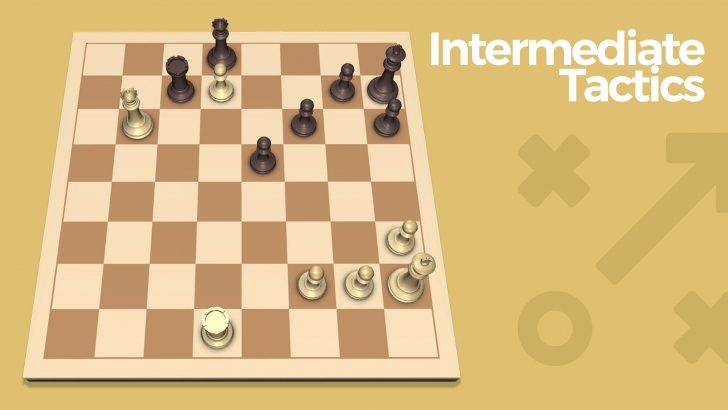Intermediate Tactics
Get ready for some tricky tactics!
Did you master the first two tactics levels? Then this course is for you! Intermediate Tactics presents tactical exercises that are significantly more difficult than those seen up to this point. Once again, you'll be finding checkmates and winning material. Stay focused, these are going to get tricky! Improve your tactics to start winning more games today!
Here is what you will learn:
- Learn how to identify undefended pieces!
- Learn how to set up combinations!
- How to use discovered attacks!
- Forks, pins, and counter threats!
- How to attack h7 with brilliant sacrifices!
- How to avoid traps and tactics!
- How to build mating nets!
